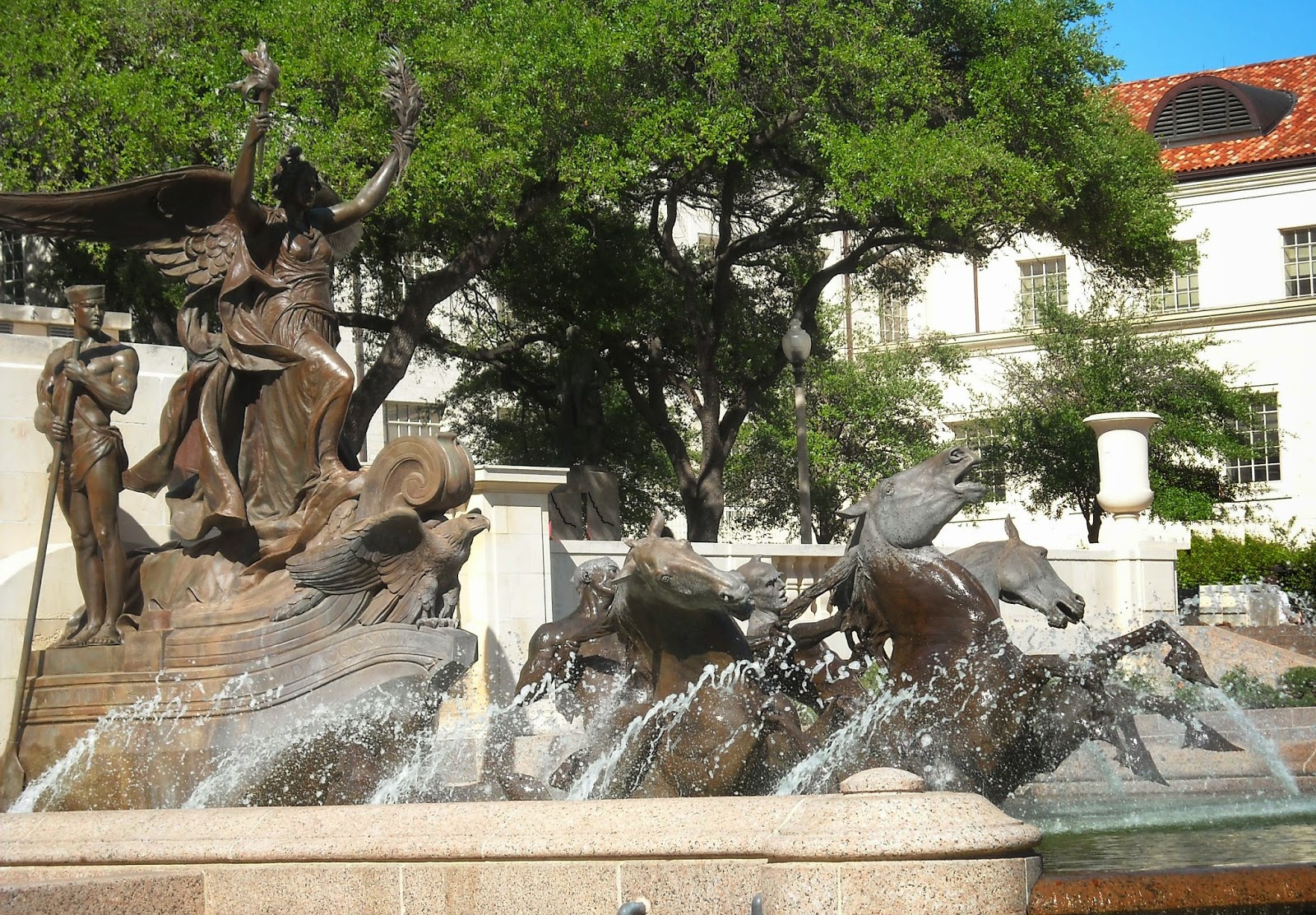 |
| F. J. Senge store; formerly Senge & Pape, at 885-889 (today's 3056-3060) W. Armitage, Chicago, between 1904 and 1909. Used with permission from David Schardt |
The photo above is just another example of why I blog. Just this past Sunday, I got an e-mail from the grandson of my great-grandfather's former business partner (and the
godfather of my great uncle
Walter Pape, 1900-1975). He had some questions for me, and he also shared the photo above and below. The photo above is significant because my great-grandfather,
John Pape (1851-1945), was part of this business from at least 1900 through about May 1904, when it was located at 883/885/889 W. Armitage (3058/3060 after the 1909 street renumbering) in Chicago. The May 1904 issue of
The Clothier and Furnisher (volume 64, page 91) indicates "F. J. Senge has succeeded Senge & Pape, dry goods merchants, at 883-885 Armitage ave." We believe at this point John Pape opened his own store at 6949 N. Clark St. in Chicago.
The photo above was taken sometime between 1904 and October 1, 1909, when the May 19, 1909
Men's Wear (volume 27, issue 2, page 84), in an article called "Store Improvement and Enlargement," said, "F. J. Senge to Erect Own Building - Frank J. Senge, department store, 887-9 Armitage avenue, will erect and occupy on October 1 a double store building at 918-20 Armitage avenue. His old store will then be discontinued." The address 918-20 after the renumbering is 3111-3113 Armitage.
 |
| Frank J. Senge, 1871-1951, around 1900. Photo courtesy David Schardt |
Franz Joseph Senge was born May 18, 1871, in Germany.
1 His parents were Franz Senge and Wilhelmine Schulte, and he was baptized on May 22 of that year in Saint Servatius Catholic Church in Brunskappel in Westphalia.
2 He arrived in New York September 24, 1893,
1 and was naturalized June 2, 1903.
3
Frank's grandson tells me that Frank married a clerk in his store, Marie Holm, and they had his mother, Gloria Senge, in 1926. Gloria "married my father George Schardt in 1946. They had six children....Frank died in 1951, Marie in 1974, Gloria in 1986, and George in 2010."
Below is a photo of what 3058 (to the right) and 3060 (to the left) W. Armitage in Chicago looked like in August 2013. The 3058 building (The Neighborhood Chapel) is virtually identical to the short building to the right in the photo at the top of this post. The three-story brick building to the left in the photo below (address 3060) appears to be new; the original two-story building with "1888" at the top in the old photo appears to be wooden and was probably torn down. However, the building to the far right in both photos appears to be identical.
 |
| Same view on Armitage as in the photo at the beginning of this post, August 2013 |
© Amanda Pape - 2014 -
click here to e-mail me.
1 "Illinois, Northern District Naturalization Index, 1840-1950," index and images,
FamilySearch (
https://familysearch.org/pal:/MM9.3.1/TH-1942-20824-116877-99?cc=1838804 : accessed 13 Jun 2014), S-465 to S-525 Amon, Part B > image 704 of 5365; citing Federal Archives and Records Center, Chicago.
2 "Deutschland, Geburten und Taufen 1558-1898," index,
FamilySearch (
https://familysearch.org/pal:/MM9.1.2/M1DW-JQQ : accessed 13 Jun 2014), Franz Joseph Senge, 22 May 1871; citing ; FHL microfilm 1051955.
3 "Illinois, Northern District Naturalization Index, 1840-1950," index and images,
FamilySearch (
https://familysearch.org/pal:/MM9.3.1/TH-1951-20824-116957-1?cc=1838804 : accessed 13 Jun 2014), S-465 to S-525 Amon, Part B > image 703 of 5365; citing Federal Archives and Records Center, Chicago.


















































